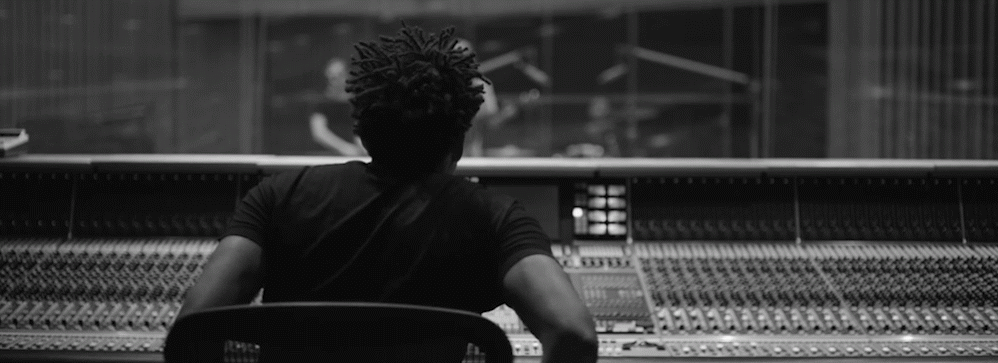
Jon Maples is a digital music consultant and writer and formerly vp product management at Rhapsody. Follow him @jmaples.
First it was broadcast radio, then MTV. Now YouTube? Could it be that the music industry is a three-time loser in getting its fair share for distribution of content? Did it give away the golden goose by not suing the bejeezus out of YouTube when it was a startup, or at least cut better deals when Google acquired it in 2005?
Of course it’s not a simple question. At first glance it’s clear that today YouTube isn’t delivering the goods. During a MIDEM panel this year, YouTube vp content Tom Pickett said the company had paid more than $1 billion to music rights holders during the past
several years. Well, that’s sweet. Hey, you know who else has done that? Spotify. The difference: Spotify did it with a fraction of YouTube’s audience.
Let’s face it: When the worldwide market is $16 billion annually a billion isn’t that much, not when you consider the size and scope of YouTube’s mighty reach and insatiable thirst for more and more fresh content. While there have been some holdouts on paid streaming services, no working artist would dare skip YouTube — one of the world’s largest promotional channels — and limit his or her reach. According to comScore, YouTube’s 159 million active monthly U.S. users watched 13 billion videos in December 2013. And YouTube says nearly 40 percent of all videos were music-related.
But YouTube doesn’t just represent a promotional channel. It delivers a burgeoning stream of advertising revenue, and could soon find more ways to monetize its massive audience. YouTube does pay a split of ad revenue with rights holders, although the rates for ads are paltry when compared with such established players as broadcast radio. The company is trying to boost its revenue-per-impression rate with premium content, but this will take time.
By comparison, Spotify looks more attractive to rights holders, since it already delivers multiple revenue streams. Like YouTube, Spotify pays a low per-stream ad-supported fee for a play by a free consumer, but its average payout is much higher because it offers premium subscription fees as well. That’s why YouTube has long planned a paid subscription service that is finally expected to launch this year. If the company can convert even 1 percent of its active users to pay for on-demand music, it would be the largest service in the United States. At least that’s the theory.
In practice, converting these free users to paying customers could be much harder to execute. Why? Every all-you-can-eat music service has similar pricing. Want to stream your music on the desktop or on your phone? It’s free. Want to save your music to your Android phone? That’ll be 10 bucks. Asking for $10 from a customer base that has become accustomed to accessing all the music they want for the low, low price of free is a steep hill to climb.
The industry and Google will need to partner to create a new value proposition at a variety of price points. What could it offer the music fan for a buck a month? How about a top 40 app for $3? What about a catalog slice, say indie/alternative, for $6? How about a $2 Vevo subscription?
The truth is, all consumers are not alike. Defining those price points and offers will require innovative thinking and risk-taking by both sides. Remember, yearlong Spotify Premium subscribers pay more than three times what the average customer spends in a year for music.
The industry needs to think of ways to serve a mass audience. But if instead consumers see the same old offer of 20 million songs for $10 a month, we could end up with another Google Play All Access Music, which hasn’t blown the doors off with subscriber growth. That would be disappointing for the entire industry.
Perhaps the industry is learning. Certainly holding out content from YouTube would have made it much more challenging to build new revenue streams, so it was the right decision to bring the service into the fold.
Now it’s time to supercharge it.

